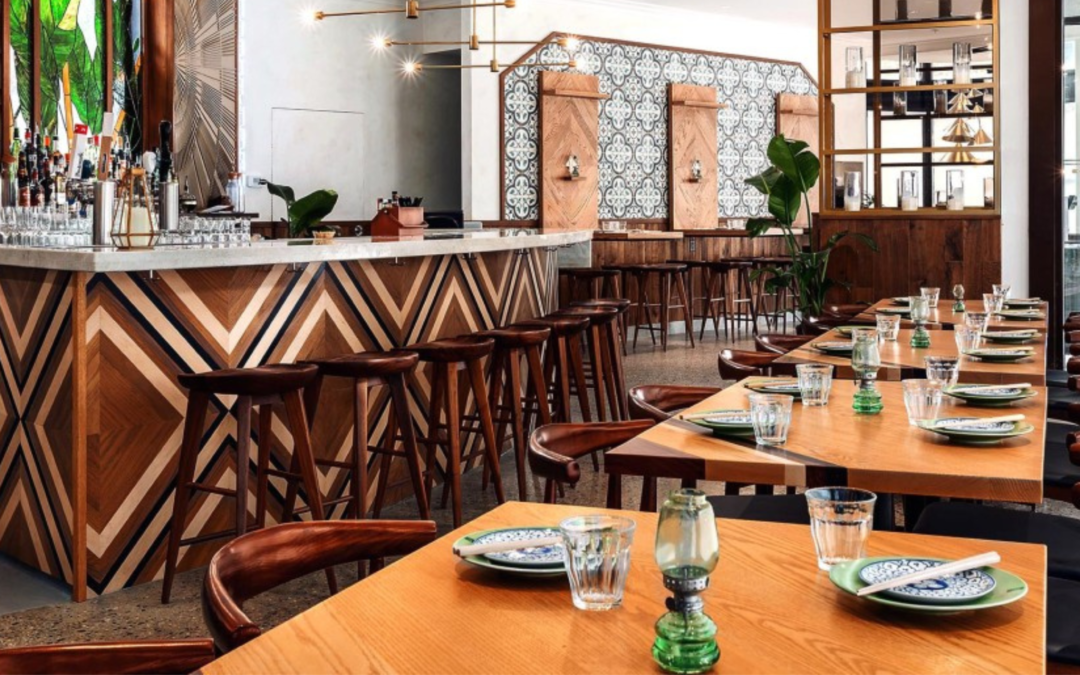Furniture for restaurants is fundamental to creating inviting and functional dining spaces catering to guests’ comfort and enjoyment. From seating options to table arrangements, every piece of furniture contributes to the overall ambiance and dining experience. Here are key considerations when selecting restaurant furniture.
Comfortable seating is essential to ensure diners can relax and enjoy their meals. Chairs and booths should provide adequate support, with cushioned seats and ergonomic designs that promote proper posture. Tables should be suitable for dining, allowing guests to reach their food and beverages comfortably.
Restaurant furniture is subjected to frequent use and spills, requiring durable materials and easy maintenance. Choose furniture constructed from sturdy materials such as metal, wood, or high-quality plastics that can withstand the rigors of daily use. Stain-resistant finishes and fabrics simplify cleaning and upkeep, ensuring that furniture remains pristine for guests.
Optimizing space is crucial in restaurant design to accommodate maximum seating capacity without sacrificing comfort or accessibility. Consider space-saving furniture options such as stackable chairs, foldable tables, or modular seating arrangements that can be easily rearranged to accommodate varying group sizes and layouts.
The aesthetic appeal of restaurant furniture sets the dining experience’s tone and reflects the establishment’s brand identity. Choose furniture styles and finishes that complement the restaurant’s theme and decor, whether a rustic farmhouse, modern minimalist, or classic elegance. Consistency in design elements creates a cohesive and inviting atmosphere for diners.
Flexible furniture allows restaurants to adapt to changing needs and accommodate different dining experiences. Consider furniture pieces that can be easily reconfigured for special events, private parties, or seasonal changes in layout. Versatile seating options, such as banquettes with movable partitions or adjustable tables, maximize flexibility in restaurant design.
While quality is important, it’s also essential to consider budget constraints when selecting restaurant furniture. Balance durability, aesthetics, and functionality with cost-effectiveness to ensure that furniture investments align with the restaurant’s financial objectives. Explore a variety of suppliers and furniture options to find the best value for your budget.
In conclusion, furniture for restaurants plays a vital role in creating welcoming and functional dining environments that enhance the overall guest experience. By prioritizing comfort, durability, space optimization, aesthetic appeal, flexibility, and budget considerations, restaurant owners can select furniture that meets the needs of their establishment and delights diners.

